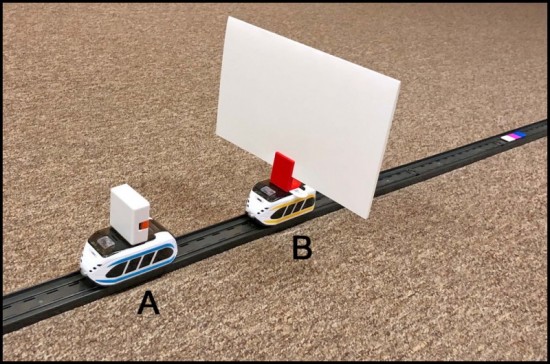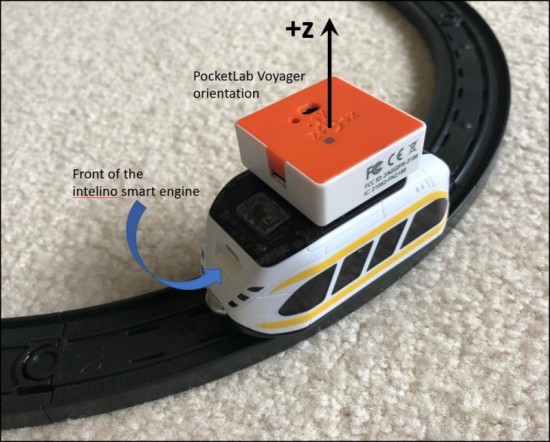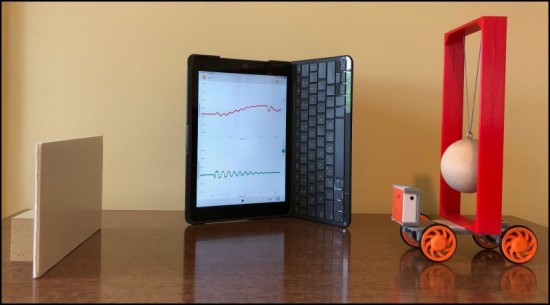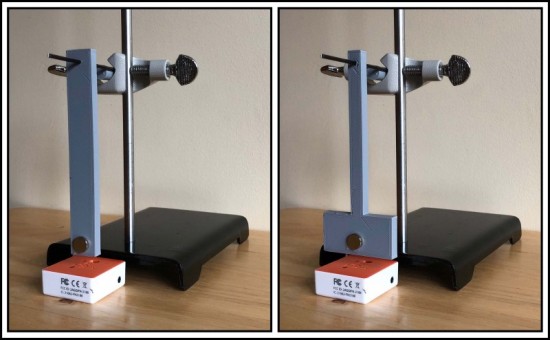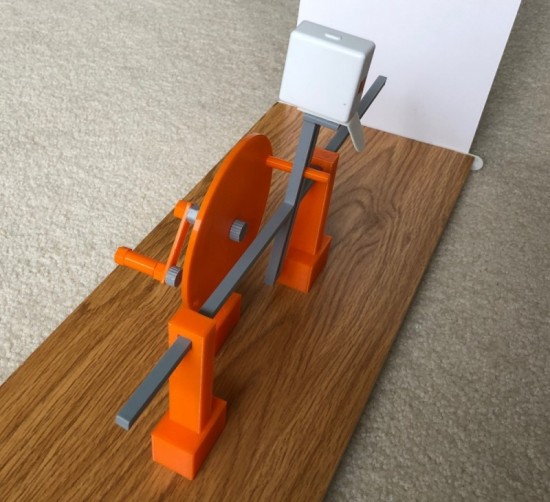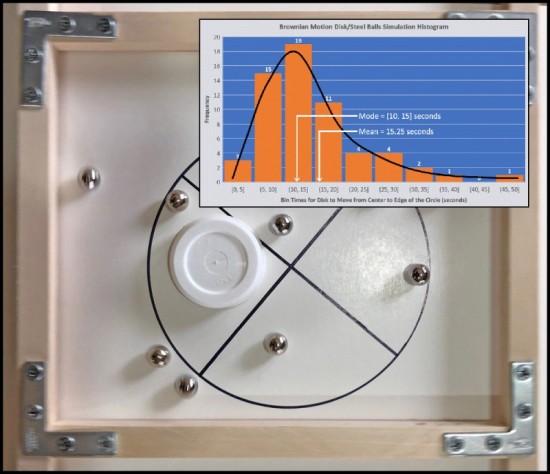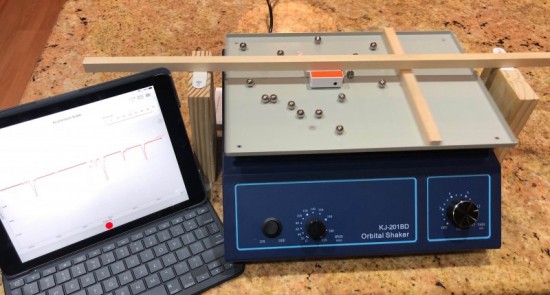intelino/PocketLab: Relative Velocity Lab Grades 6-9
Introduction
Here is a physical science lab for junior high students that brings out the S, T, E, and M in STEM -- S for the science of relative velocity, T for the technology of sensors, E for engineering an experiment design, and M for the mathematics used in analyzing data. How can all of this be accomplished? Simply interface PocketLab Voyager

